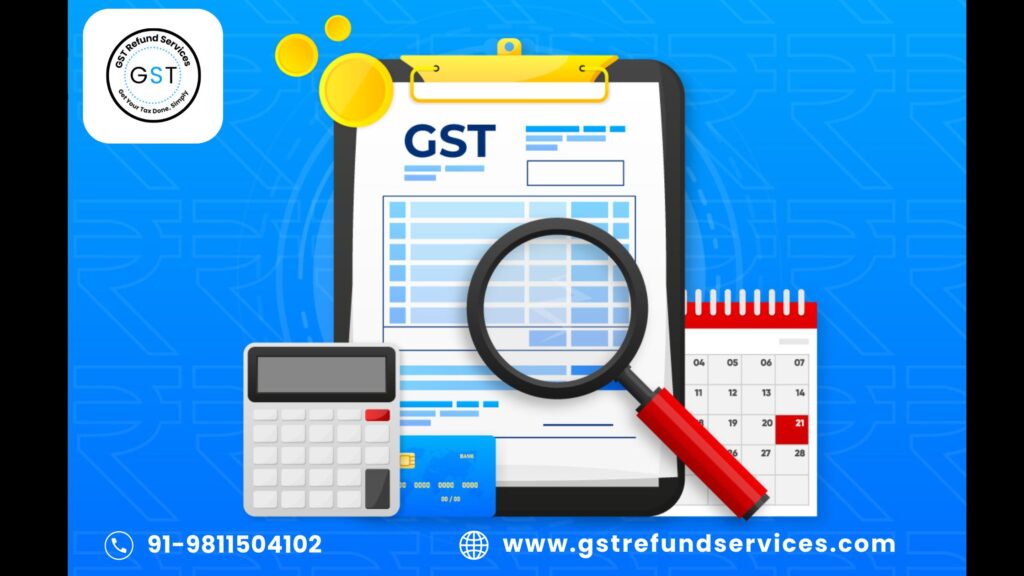
As 2024 draws to close, substantial changes2 to the Goods and Services Tax ( GST ) laws have altered the landscape of return filing. These changes are meant to provide greater precision in reporting, facilitate legal compliance and promote awareness. To reduce penalties and accelerate up the tax filing process, businesses must stay abreast of these changes. This is all the data you need to fully prepare.
An Overview of the GST Amendments for 2024
The 2024 amendments will result in a number of major changes to the GST annual return procedure, including new filing threshold adjustments, redesigned forms, and new reporting obligations. It will be simpler for you to navigate the revised regulations if you are aware of these revisions.
Updated Filing Benchmarks: The yearly return filing level has been raised by the government. Companies that have yearly sales less than the new level are not required to file the GSTR-9. With fewer compliance requirements to worry about, smaller businesses will be able to solely focus on growth instead of satisfying restrictions, thanks to this act.
Revised GSTR-9C Form: The quarterly audit report appears in Form GSTR-9C, which has been changed to streamline the bank reconciliation procedure. The audit process is streamlined by the revised form, which now demands less specific information. Businesses should find it easier to reconcile their yearly return with their financial records as a result of this modification.
- Enhanced Input Tax Credit (ITC) Reporting: New reporting requirements for ITC are now in place. Businesses must provide detailed reconciliations of ITC claims, ensuring accuracy and reducing the risk of fraud. These changes necessitate careful tracking and reporting of all eligible credits throughout the year.
- Automated Data Population: The GST portal has been upgraded to include automated data population features. This enhancement will auto-populate much of the required information based on your monthly and quarterly filings (GSTR-1 and GSTR-3B). Automation will help reduce manual errors and discrepancies in your annual return.
- Extended Late Fee Waivers: In response to challenges faced by businesses, the government has extended late fee waivers for delayed annual return filings in specific cases. This provision offers a financial buffer for businesses experiencing difficulties in meeting deadlines due to unforeseen circumstances.
Preparing Your Business for the Changes
To ensure a smooth transition and compliance with the new requirements, follow these steps:
- Review Updated Regulations: Familiarize yourself with the latest GST amendments and how they affect your filing obligations. Regularly check for updates from the GST Council to stay informed.
- Update Your Systems: Make sure that the automated features and new reporting requirements of the GST site are handled by your accounting and tax filing systems.
- Make amends quickly: For the purpose of finding and fixing any differences, begin the reconciliation procedure well in advance of the deadline. Make that every piece of information corresponds to your quarterly and monthly reports.
- Speak with Experts: Seek advice from a tax expert if your company has complex transactions or falls under the audit threshold. They can assist you in navigating the updated specifications and streamlining the filing procedure.
- Leverage Technology: To minimize human data entry and lower the possibility of errors, make use of the automated functions of the GST portal. This will guarantee correctness and expedite the filing procedure.
With the goal of improving accuracy and streamlining compliance, the 2024 GST revisions represent a substantial change to the yearly return filing procedure. Maintaining awareness of these modifications and making appropriate preparations will enable your company to confidently handle the new specifications. Get in touch with GST Refund Services for professional help with your GST filings and to make sure you’re in compliance with all current laws. Our goal is to assist you in optimizing your tax procedures and adjusting to these changes.
